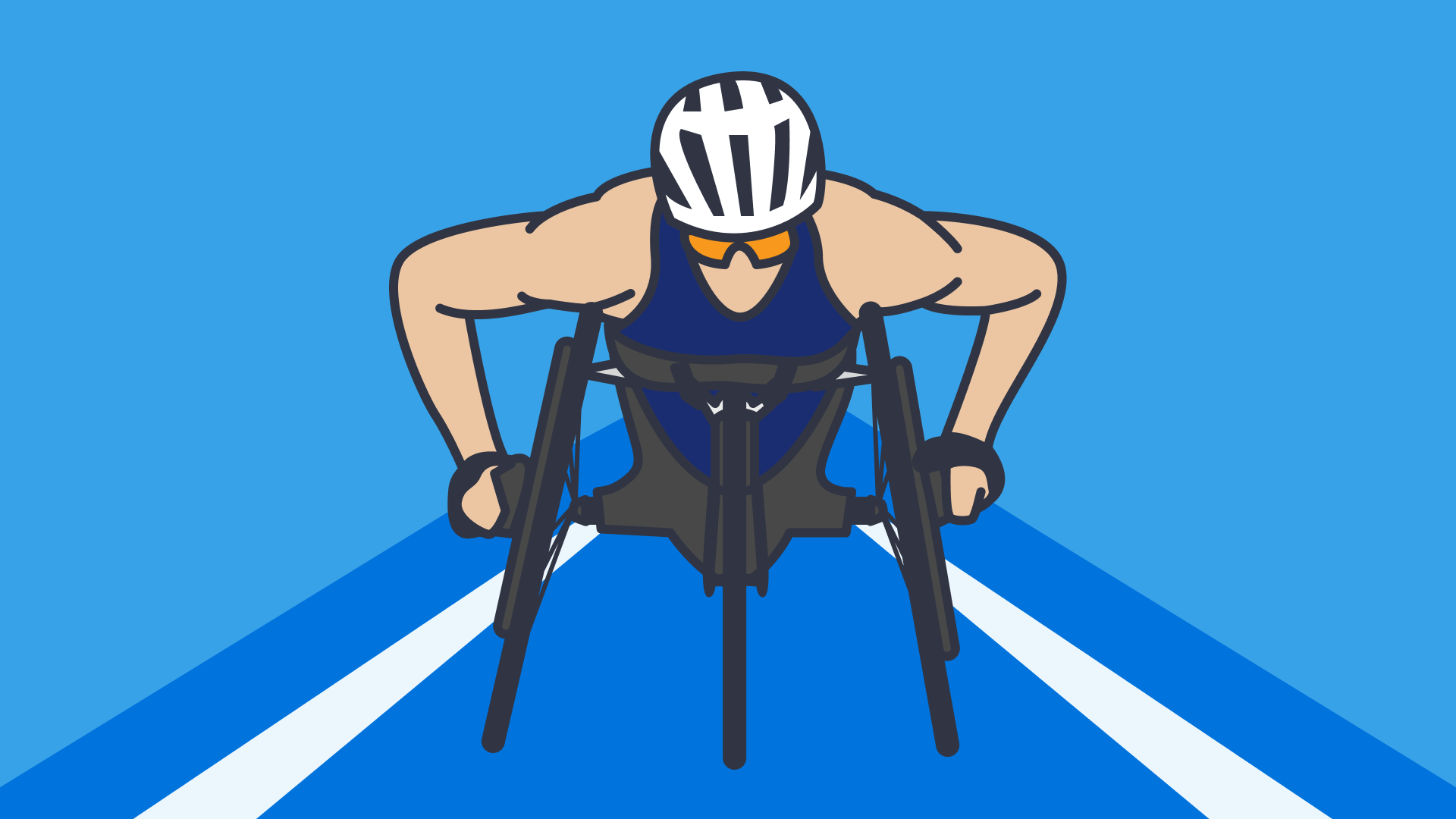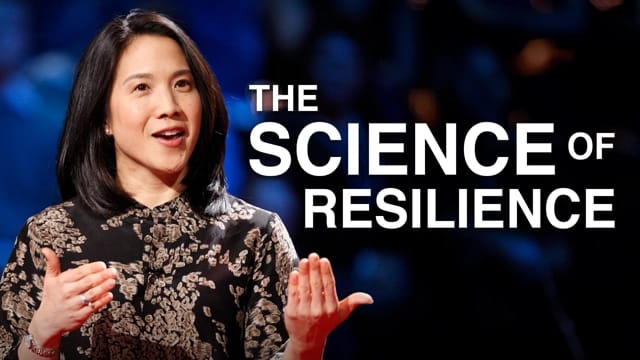Inspirational Paralympic stories for students
In this guide
The Paralympic Games are an important celebration of athletic perseverance. The games provide a platform and competition for athletes with disabilities to demonstrate their incredible athletic abilities, talents, and determination.
Learning about the Paralympic games will help give students inspiration and the understanding of the importance of inclusion, acceptance, and community.
Paralympic stories teach students that perfection they see reflected in the media is not what is important. Paralympic stories show students the value of hard work, determination, and why diversity in our world is a strength.
Teaching these stories can be transformational for students’ empathy in the classroom. Engage your students with Paralympic-inspired activities that inspire teamwork, inclusivity and sportsmanship.
What students can learn from Paralympic Athletes’ stories
Paralympic athletes come from all different walks of life and represent a variety of experiences, challenges, and abilities. Some Paralympic athletes were born with physical or mental differences while others became differently-abled due to illness, accidents, or injuries.
There are so many themes and topics teachers can discuss with their students when learning about Paralympic athletes. Consider discussing the following topics with your students:
Overcoming adversity
All Paralympic athletes have faced adverse situations during their lives. Whether they have experienced their disability since they were born or developed later in life, there is always adversity that must be overcome in order to reach this level of athletic ability.
Consider teaching students the story of Tatyana McFadden, a U.S. Paralympic athlete who has won over 22 medals during the Paralympic games.
McFadden is a wheelchair racer who was born with spina bifida and adopted from a Russian orphanage.
Focus on the skills and qualities that McFadden had to utilise in order to achieve her level of success and how these skills can be altered or used in students’ lives in challenging times.
Adapting

Paralympic athletes often use adaptive technologies or strategies to compete in the Paralympic games.
For example, runners who are visually impaired compete with guides who run alongside them attached by a short rope. This adaptation requires intense coordination and trust.
Paralympic athletes use creativity and support to adapt and thrive in sports. They are living proof that what others may see as limitations do not have to be stopping points.
Students can also learn about interdependence and teamwork. Paralympic athletes are able to use creativity, teamwork, and support in order to adapt and thrive in competition.
Have students focus on what skills they already have in their ‘toolkit’ and what skills they could add.
Students can also focus on recognising when they are needing to ask for help and what people and resources they already have in their lives when they need assistance.
Goal setting
The road to the Paralympics is a long and difficult journey. Athletes train for years in order to compete. Mental and physical strength is paramount.
Use the Paralympic athlete’s stories to teach students about the value of hardwork and determination.
Students can learn about and understand the importance of goals, training, and motivation as well as how they can be the keys to success.
How Paralympic stories promote perseverance and resilience
Every Paralympic story is a message of perseverance and resilience. These values are not only important in the Paralympics or sports but are vital for emotional development in children and young adults.
Consider using the following multimedia to help students define and understand perseverance and resilience.
1) Resilience
- Cultivating Resilience
- In this video, students will be able to define this skill and see examples of difficult situations. Resilience can look very different depending upon the situation and the person facing the challenges.
- Use this video to allow students to explore what skills they already have and which others could be useful in their lives.
- On-field Resilience
- Being resilient is linked to your personal character and how well you face and deal with challenges.
- Use this video to teach students about resilience in sports and how these skills can be adapted and used in everyday life situations.
- Emerging into Resilience
- Learn mindfulness techniques that foster resilience. Hear practical techniques that can help to make yourself more resilient.
- Use this video to demonstrate to students a range of techniques that can be used to assist them when situations may seem insurmountable.
2) Perseverance
- The Power of Perseverance
- Use this mindfulness yoga exercise to teach students more about persevering through challenges and struggles they may face.
- Grit: The Power of Passion and Perseverance
- Angela Duckworth describes what it means to use perseverance as grit and how it leads to later success.
Paralympic stories promote perseverance and resilience by offering different focus – strength and challenge rather than struggle. The mental courage it takes for Paralympic athletes to train and compete is unmatched. Students facing self-image or confidence issues may find these stories powerful and inspiring.

Swimmer Jessica Long had both legs amputated as a child and has shared about the emotional and physical challenges she has faced in her life. Her honesty and vulnerability help students to know that it is okay to feel discouraged, but it is important to move forward and have the courage to push through.
Students often feel the pressure to get things right the first time. Paralympic stories emphasise that failure is not a dead end but part of life’s process. These athletes spend years training and working towards a single event. They experience injuries, setbacks, and challenges yet have the perseverance to keep going.
Teachers can normalise the struggle and setbacks that students are facing in their own lives. Students can have empathy for the struggles the athletes face and remember it is important to give themselves empathy as well. It takes courage and a growth mindset to grow and recover from challenges.
Students can also learn that managing stress and staying focused during tough times is a true testament to resilience. Emotional resilience is the ability to recover and adapt when experiencing adversity.
Paralympic athletes deal with devastating injuries, the stigma of disability, and pressures of competition. In the classroom, these topics can connect Paralympic athletes’ experiences with understanding resilience and perseverance.
Classroom activities inspired by Paralympic values

Bring Paralympic stories to life with engaging classroom activities.
1) Paralympic athlete research project
- Assign students a Paralympic athlete to research (so that there are a range of different athletes being discussed in the classroom).
- They are to create a presentation or video that outlines the:
- Athlete’s life
- Challenges that they faced (both mental and physical)
- What/who they attribute to overcoming challenges in their life
- Achievements
- Their values
These projects can be done individually or as a small group.
Students can present their projects using a variety of multimedia including a visual presentation, video, or podcast recording.
- Encourage students to focus on how the Paralympic athlete faced adversity and overcame it in their lives.
- Students are also to consider the lessons that can be learned from the athlete’s story.
2) Host a Special Olympics
Let students plan an Olympic games for students with special needs or physical impairments.
This gives students a real-life look at the determination, skill, and creative adaptations Paralympic athletes compete with.
It will also allow students to see, from a practical sense, what adjustments need to be made for Olympians to participate.
3) Goal-setting
Have students write about a personal goal and the obstacles they may face while trying to achieve the goal.
- This can be done with words or pictures with younger students.
Relate these goals to the Paralympic athlete’s journey.
- This will help students understand the idea that persistence, planning, and patience are important pieces to reaching any goal.
4) Creativity reflection
After discussions and lessons surrounding the Paralympics, have students create a piece of art expression describing/exploring what they learned.
Students can design multimedia projects, comic strips, videos, or poetry to capture the spirit of resilience and perseverance!
5) Value posters
Students can brainstorm and collect the values supported by the Paralympics.
Have students design posters that illustrate these values in action either from an athlete’s story or one of their own if they are happy to share.
Using athlete stories to spark discussions on inclusion and teamwork.
Students can learn values like inclusion, teamwork, and what it means to support each other. These discussions can shape how students interact with each other and the world around them.
6) Inclusion
Inclusion goes beyond just tolerating one another’s differences. Inclusion is when we actively value and welcome the diversity each unique person brings to our world.
Paralympic athletes often advocate for equity and equal access in both sports and the world. Their experiences can help students think about inclusion on a very personal level.
Consider asking the following questions to spark conversations surrounding inclusion. These questions can be differentiated depending on the grade level you work with.
- How can we make sure everyone feels included in group work or at recess?
- What does it mean to be a good teammate to someone with different needs?
- How can we challenge unfair assumptions about what someone can or cannot do?
7) Empathy
When students learn to put themselves in someone else’s shoes it shows their ability to empathise.
It is also important for students to develop their emotional awareness and be able to empathise with others.
Watch videos or read books that highlight Paralympic athlete’s stories. Ask students to think about what it may have felt like to put themselves in the athlete’s shoes.
- What are the different physical and mental roadblocks that this athlete faced?
- How did they achieve success in their journey?
- Where did they fail in their journey and how did they get around this?
8) Teamwork
There are so many Paralympic events that celebrate teamwork.
Athletes must communicate clearly, rely on the strengths of their partner and trust them, and have high levels of commitment. These are the same qualities that students need when working with partners or in groups.
Ask students to reflect on their own teamwork habits and ask the following questions:
- Do I listen to my partners?
- How do I support others while working in a group?
- What do I do when there is a conflict in my group?
Paralympic stories are more than just stories of athletics. These athletes’ stories are lessons in courage, resilience, empathy, and teamwork. Students are able to learn about determination and the importance of inclusion. By including a study on the Paralympics in the classroom, teachers can aim to inspire students to see challenges in their lives as opportunities rather than roadblocks in their journey.

Victoria Dotson
briefcase iconLiteracy Specialist
Victoria Dotson, an esteemed educator and professor in Chicago, Illinois, leverages her background as a Literacy Specialist to support multilingual learners and mentor preservice teachers. Victoria excels in developing literacy practices, promoting diverse literacy experiences in the classroom, and developing restorative curriculum.
Other posts
Want more content like this?
Subscribe for blog updates, monthly video releases, trending topics, and exclusive content delivered straight to your inbox.













